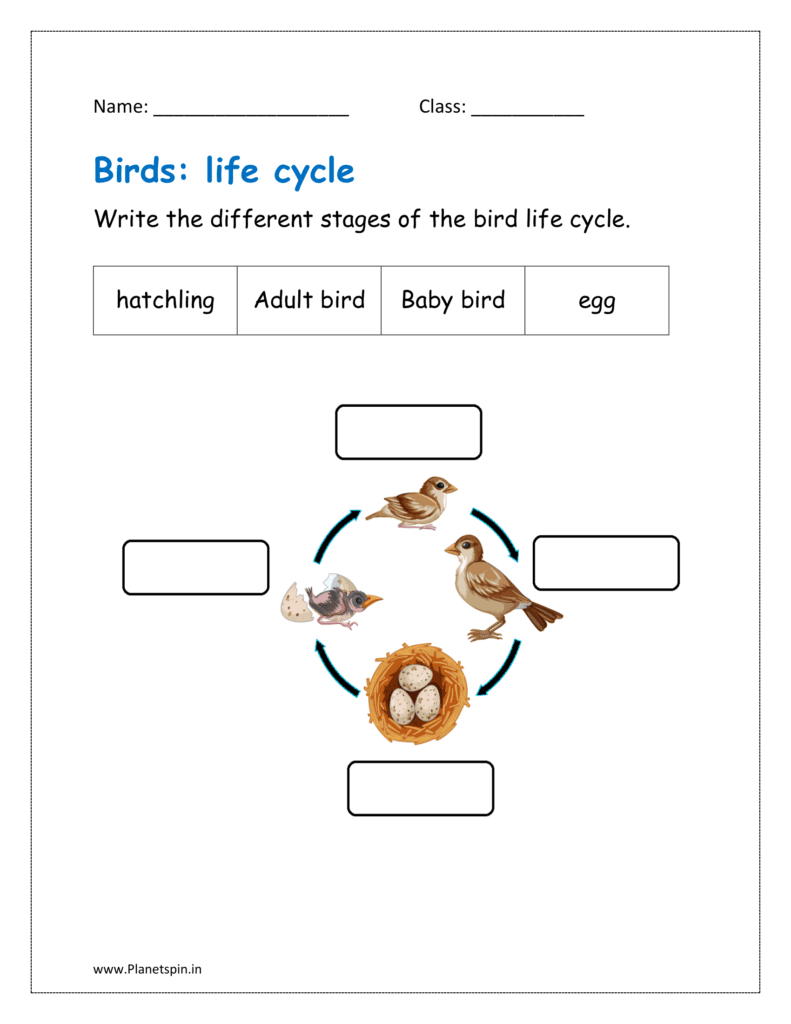Free printable animal life cycle worksheets
These are the free printable worksheets related to Animal life cycle for grade 1 kids in PDF format. Please download these worksheets by clicking on the images shown below.
Animals go through various stages in their lives, including maturation, procreation, and ultimately death. The phases of these animal life cycles usually consist of multiple stages, however they can differ significantly throughout species.
Similar worksheets:
Download the worksheet
Below are the life cycle worksheets of different animals like bird, frog, turtle, butterfly, turkey, ladybug, Penguin, chicken, fish etc. in the form of cut and paste activity. Here the kids need to cut the pictures of various stages of life cycle of the animals given at the end of the each page and need to paste them in the correct order of their occurrences.
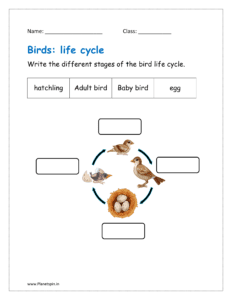
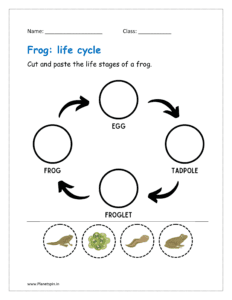
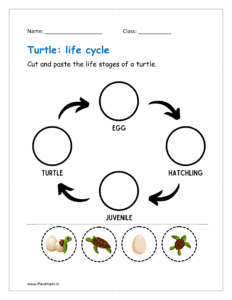
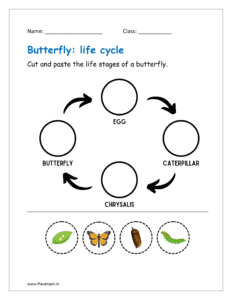
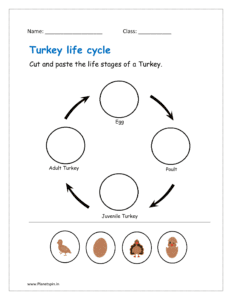
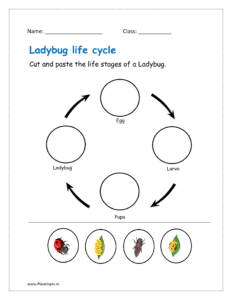
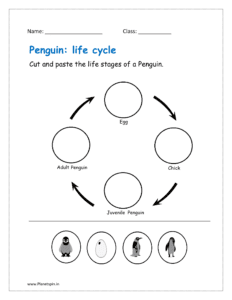
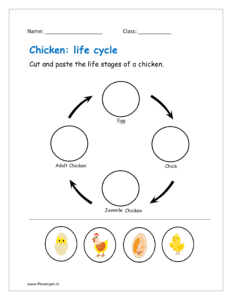
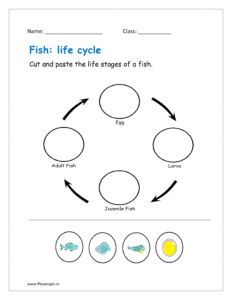
Concept:
- Helps kids to learn that animals go through different stages as they grow.
- It helps them recognize that life cycles are a natural part of life.
- Helps children to understand how different animals grow differently.

